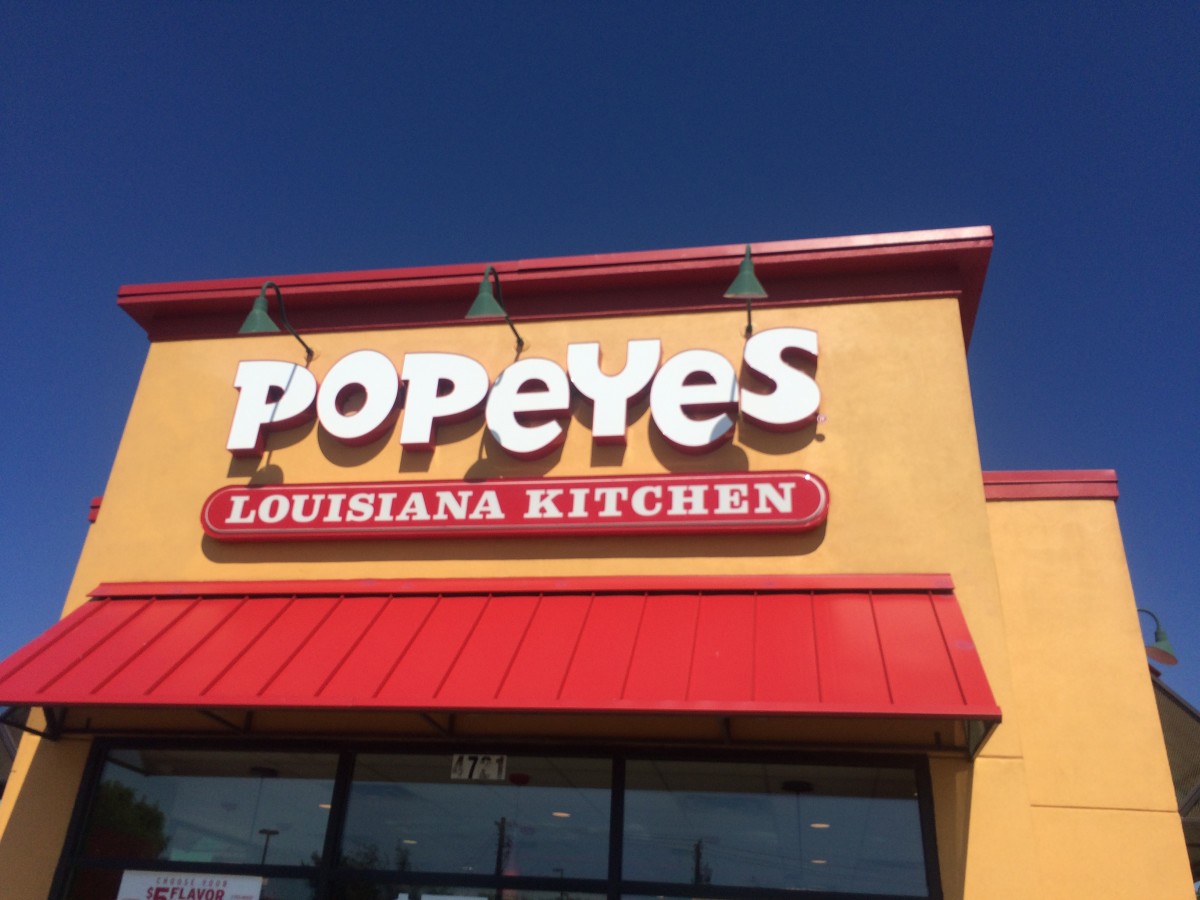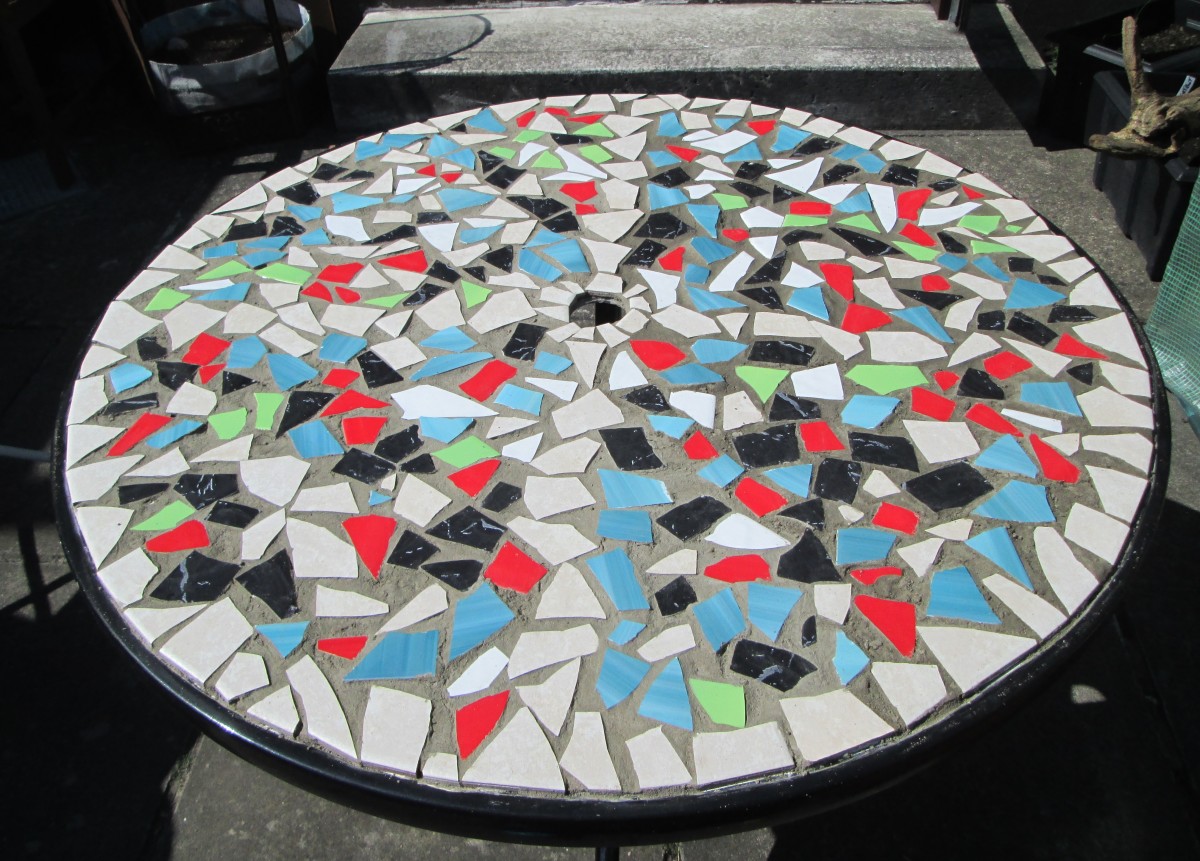Spode China - a brand and product built to last
Spode Blues beginning to lift
The company that weathered the Napoleonic Wars, the Great Depression and two world Wars looks set to fight on through its toughest challenge yet: the global financial crisis. After going into Administration in 2008, the Royal Worcester and Spode brands were bought in April 2009 by the Portmeirion group, based in Stoke on Trent, in a deal worth £3.2m.
Like the bone china formula perfected by Josiah Spode in the late 18th Century, it seems the brand itself is also built to last.
Josiah Spode
Josiah Spode, the company's founder, was born in 1733 in Lane End, a village in North Staffordshire, England. His father died a pauper when Josiah was six years old. According to Robert Copeland (Spode, 1998, Shire Books), however, it seems his family had only recently fell on hard times, so Josiah's early childhood may have been a little less deprived than previously thought.
It is known that Josiah began working as a potter for Thomas Whieldon at 16 years old. Through the 1760s and 1760s, it is not known where he was working, but from 1767 he rented a couple of potworks with two different partners before purchasing one in 1776, with his two sons hired to manage it.
By the late 1700s the East India Company, which had been importing Chinese porcelain for over a century, was beginning to struggle to profit from the trade. Heavy import taxes and changing fashions led the company to import less porcelain and more tea, for which the import tax had been slashed from 119% to 12.5%. Of course, cheaper tea meant more people drinking it, and therefore the demand for tea wares began to soar. People began looking increasingly to domestic producers, creating a wonderful opportunity for Spode and his competitors.
Spode was able to out-compete his rivals with two key innovations: the technique of blue underglaze printing and the perfected formula for bone china.
Spode Blue
The blue and white patterns associated with Spode was made possible by the technique of underglaze printing, which was used commercially from 1784. This involves engraving a design onto a copper plate, then printing the pattern on a gummed tissue. The tissue is then soaked off in water, leaving the pattern on the plate, which could then be glazed and glost fired. This efficient and subtle process is considered one of Spode's greatest achievements, and was a massive step forward for the pottery industry.
Spode China
Spode's other great achievement was the perfection of the bone china formula. It has been described as follows:
Calcined cattle bone 50 per cent, china clay 25%, Cornish stone 25%. The stone is a feldspathic flux and, on melting, acts as a bond for the other ingredients. (Copeland 1998 Spode (Shire Books))
In case you were wondering, 'feldspathic' means originating from feldspars, which are rock-forming minerals.
The formula gave bone china its impressive qualities: it is strong, bright white, and semi-transparent. A huge range of colors can be used with it, due to the lower temperature at which it is fired.
Spode Italian
Alongside the "Willow Pattern" perhaps the most famous design today is Spode's "Blue Italian," which was introduced in 1816. This represented the peak of the technology of engraving and underglaze printing, with a range of subtle tones which were previously impossible to achieve.
The pattern seems to have been based on a 17th Century watercolour painting of an Italian landscape - not one place but a composite. It presents a laid-back, yet mysterious scene, enticing the user to ponder the purpose of the buildings and preoccupations of the people represented.
Spode's Company History
Spode's company history is pretty complicated.The company of Spode sold to Copeland and Garrett in 1833, becoming W. T Copeland in 1847, then W. T. Copeland & Sons between 1867 and 1932. This became Wt. Copeland & Sons Ltd. after 1932 and then, once again became known as Spode from 1970. In 2006 the company merged with Royal Worcester, and entered administration in 2008.
The Portmeirion group, who purchased the company in 1009, are considering returning some of the production of Spode and Royal Worcester and Spode to Staffordshire. Chairman Dick Steele said:
"In the medium to long-term we can make it where we want.
"We have capacity in our own fantastic factory in Stoke, for example.
"There are no promises, but we will definitely look at that possibility. We'd be absolutely daft not to.






